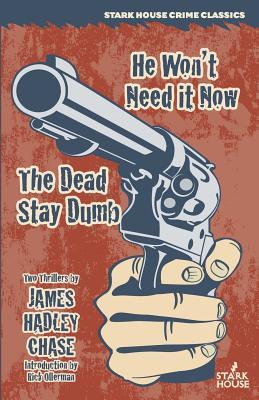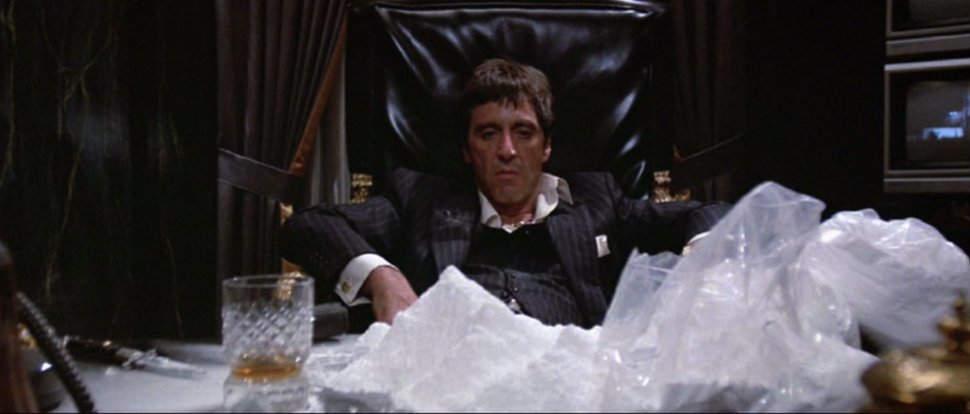“The people you love are never the ones that love you.”
Ross Macdonald’s The Ivory Grin centres on a seemingly simple case of finding a young woman, but the case becomes more complicated as the bodies pile up. This tale of jealousy and revenge begins with private detective Lew Archer being hired by a middle-aged woman he dislikes. He finds her waiting for him outside of his office early one morning, and with just two sentences out of her mouth, Archer notes “she had begun to irritate me already.” She wears a “slack suit” with a blue mink stole and her hands are dripping with large diamonds. She alternates between “girlish vivacity and boyish earnestness” neither of which fit this hard-edged woman who is clearly used to being obeyed.
“Call me Una,” she said.
“Do you live in Los Angeles?”
“Not exactly. Where I live doesn’t matter. I’ll tell you what does if you want me to be blunt.”
“I couldn’t bear it if you weren’t.” Her hard dry glance went over me almost tangibly and rested on my mouth. “You look all right. But you sound kind of Hollywood to me.”
I was in no mood to swop compliments. The ragged edge on her voice and her alternation of fair and bad manners bothered me. It was like talking to several persons at once, none of them quite complete.
“Protective coloration.” I caught her glance and held it. “I meet a lot of different types.”
For one thing, Una, as she calls herself, spins Archer a tall tale about needing to find a former employee, a black girl called Lucy. In the first version Una tells Archer that Lucy stole some jewelry and she wants it back. When Archer doesn’t swallow that tale, the second story is that Lucy knows about Una’s “private affairs,” and Una wants to know what company Lucy keeps. Both stories reek, but Archer’s interest is aroused so he takes the case. But things don’t add up–Una knows where Lucy is, where she hangs out and even what she’s wearing.
She produced a crumpled bill and tossed it to me as if were an old piece of Kleenex and I were a wastebasket. I caught it. It was a hundred dollar bill, but I didn’t put it away.
Archer’s used to digging in the grubby lives of his clients, and so often doesn’t get the straight scope, but this woman is over the top: she won’t tell him her real name, and she won’t tell him where she lives. But the trump card that should end it all is that Archer doesn’t like this woman. At all. Archer drives to Bella City, the place where Lucy was spotted, and in hardly any time at all, he sees her. He follows her only to see her tossed from a boarding house, so when Lucy moves to a low-rent hotel, Archer takes the room next door.

The case, which seemed so quickly resolved, becomes complicated. Archer follows Lucy to the grubby practice of a local doctor, a doctor whose femme fatale wife doesn’t fit the image of a small-town doctor’s wife. Curiouser and curiouser, there’s a low-rent PI on Lucy’s tail who gets busy pumping the doctor’s nurse for info. Who is he working for? Turns out that Lucy is somehow involved in a kidnapping case, but Archer doesn’t understand what Lucy’s role was. When Archer finds Lucy with her throat cut, he’s committed to the case–not the client. Archer may be working for “Una” but as always his code of conduct defines his actions. This novel, written in Macdonald’s gritty, sardonic style, is about a tangled mess in which an elusive, opportunistic femme fatale leaves a trail of lovers, creating chaos and moving on. But the tale is also about the depths of human nature–how warped and corrupt people stain everyone they touch sometimes with fatal results.












You must be logged in to post a comment.